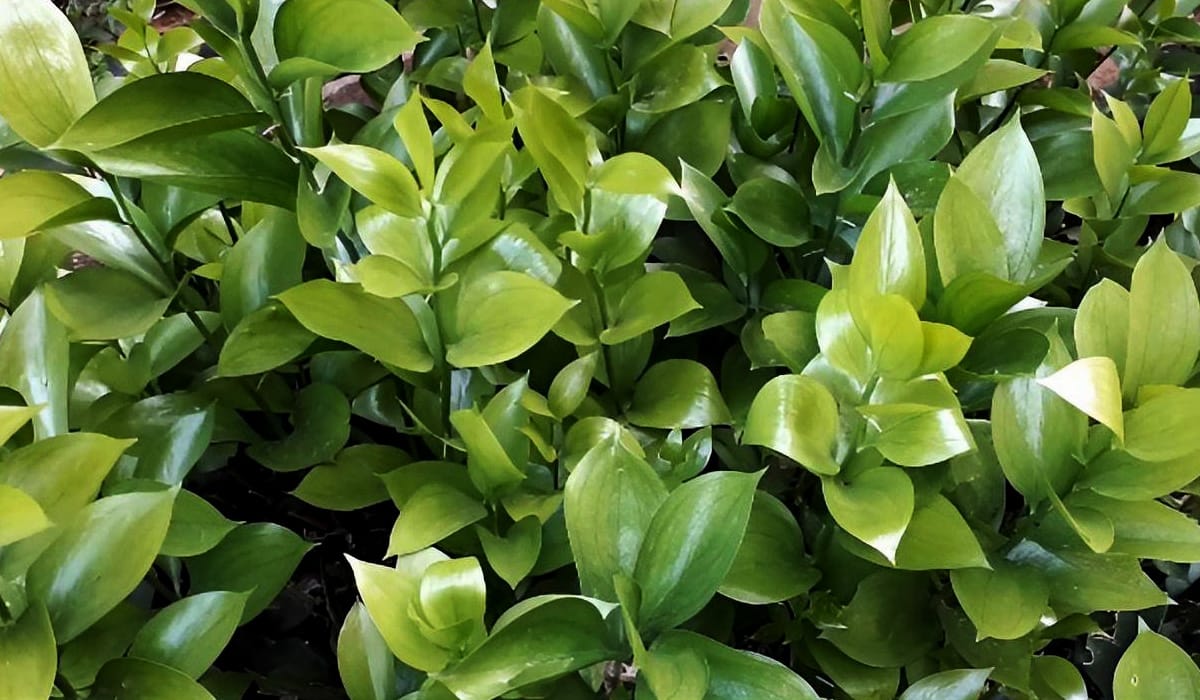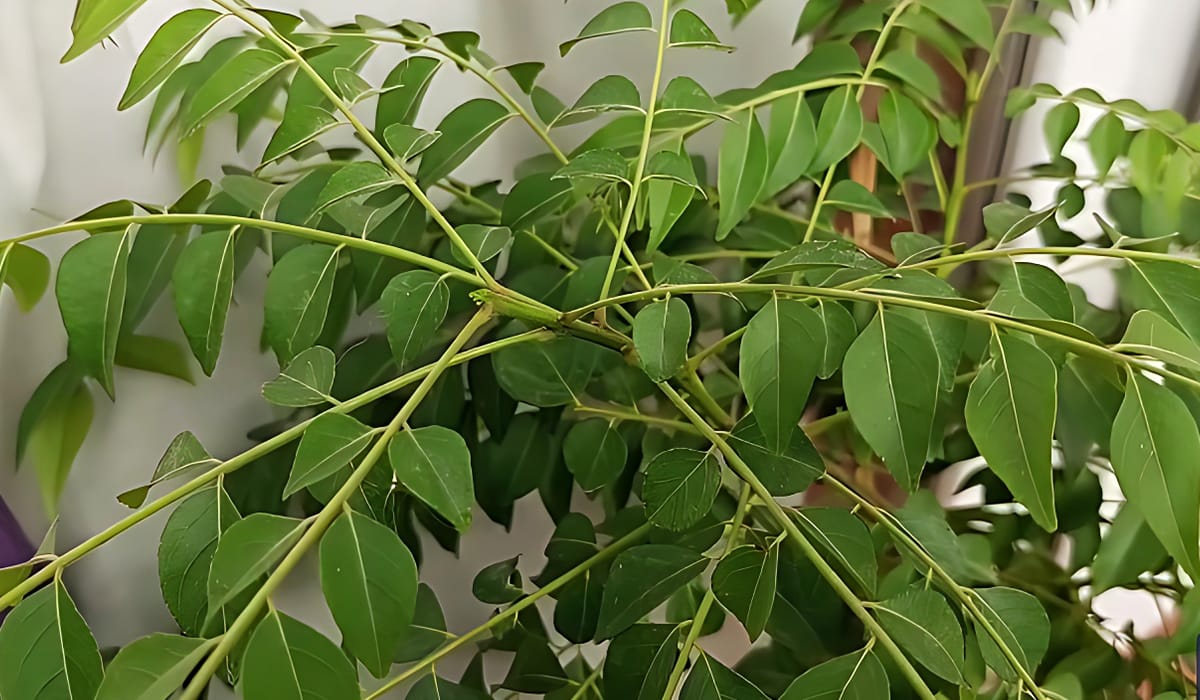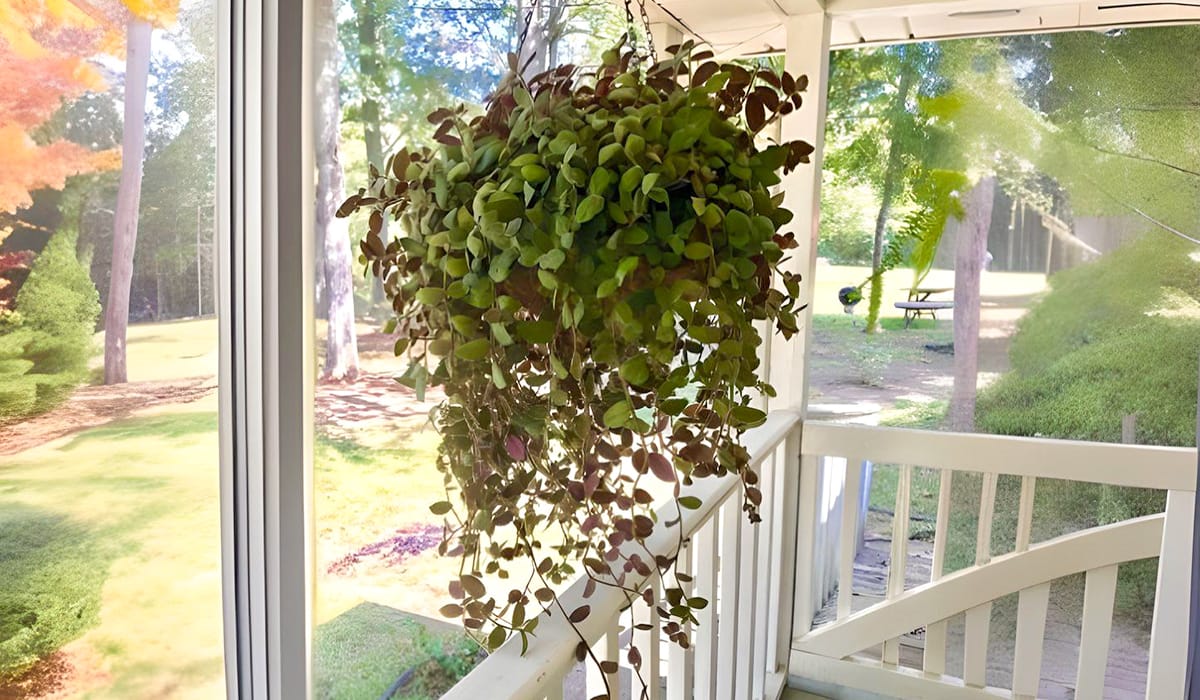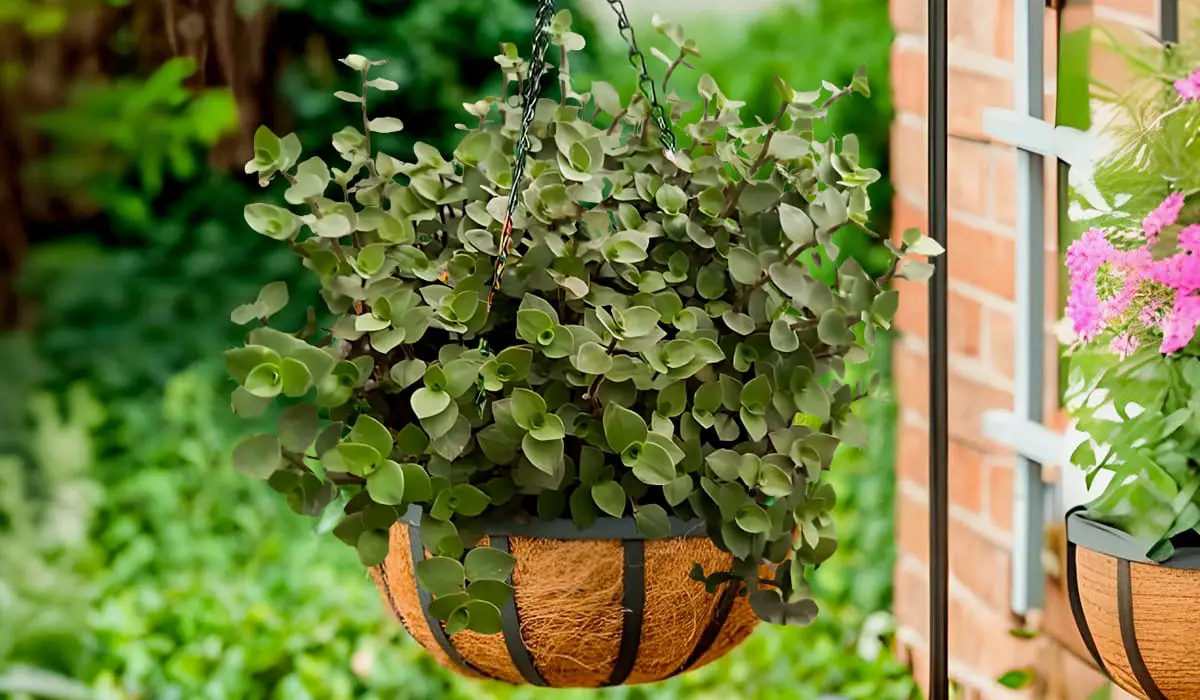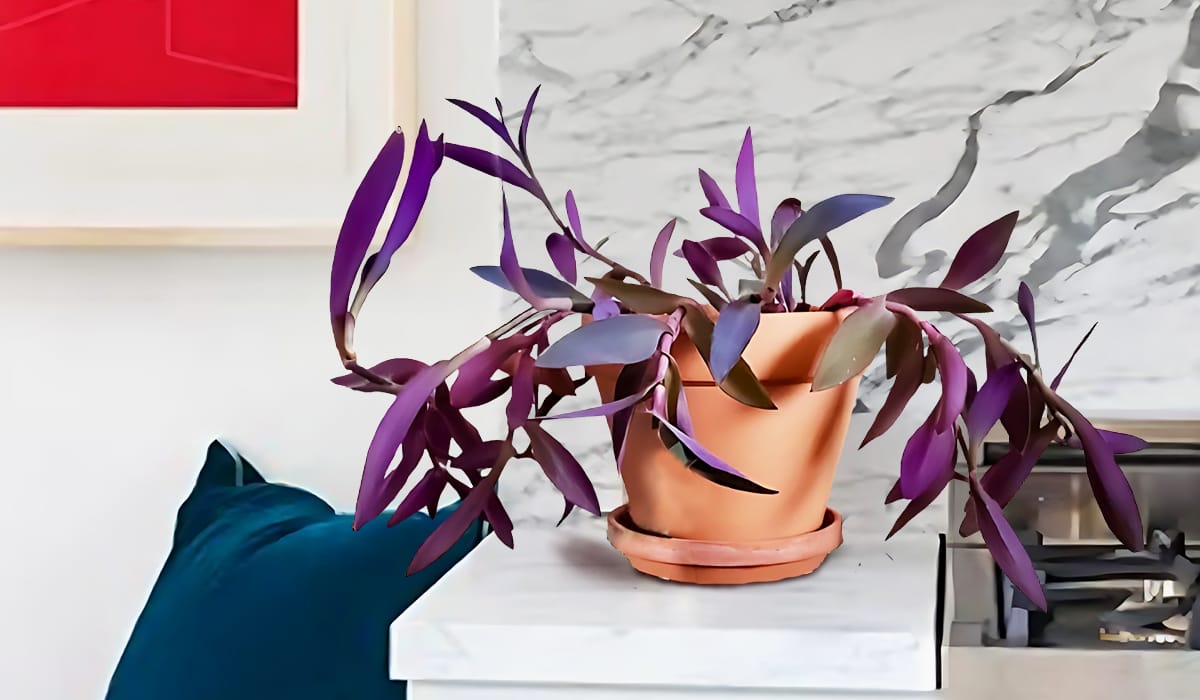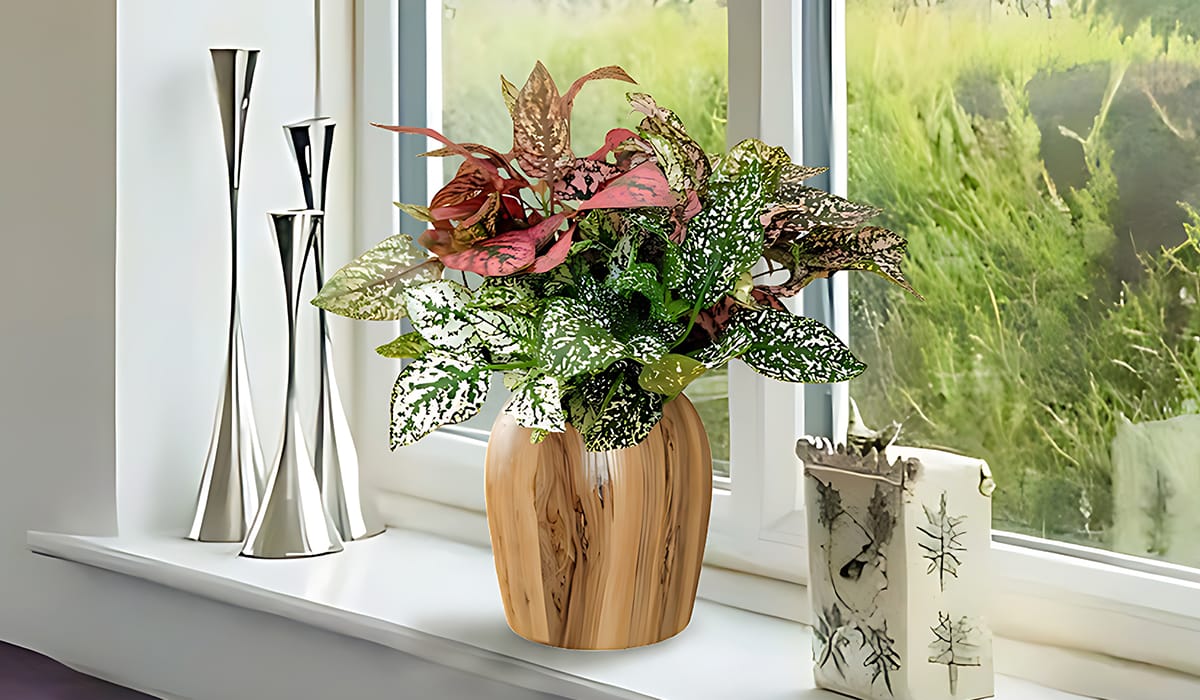If you want to expand your indoor garden with a touch of the extraordinary, you're in the right place. In this comprehensive guide, we'll explore the art of propagating pitcher plants right in the cozy confines of your home. Discover the secrets to nurturing these captivating carnivores as we dive into the step-by-step process of propagating pitcher plants indoors.
Understanding Pitcher Plants

Pitcher plants (Nepenthes) are carnivorous plants known for their pitcher-shaped leaves that attract, trap, and digest insects. Before attempting to propagate them, it's important to understand their natural habitat and growth patterns. These plants thrive in humid environments with indirect sunlight, mimicking the conditions found in their native tropical regions.
The Ideal Time for Indoor Propagation
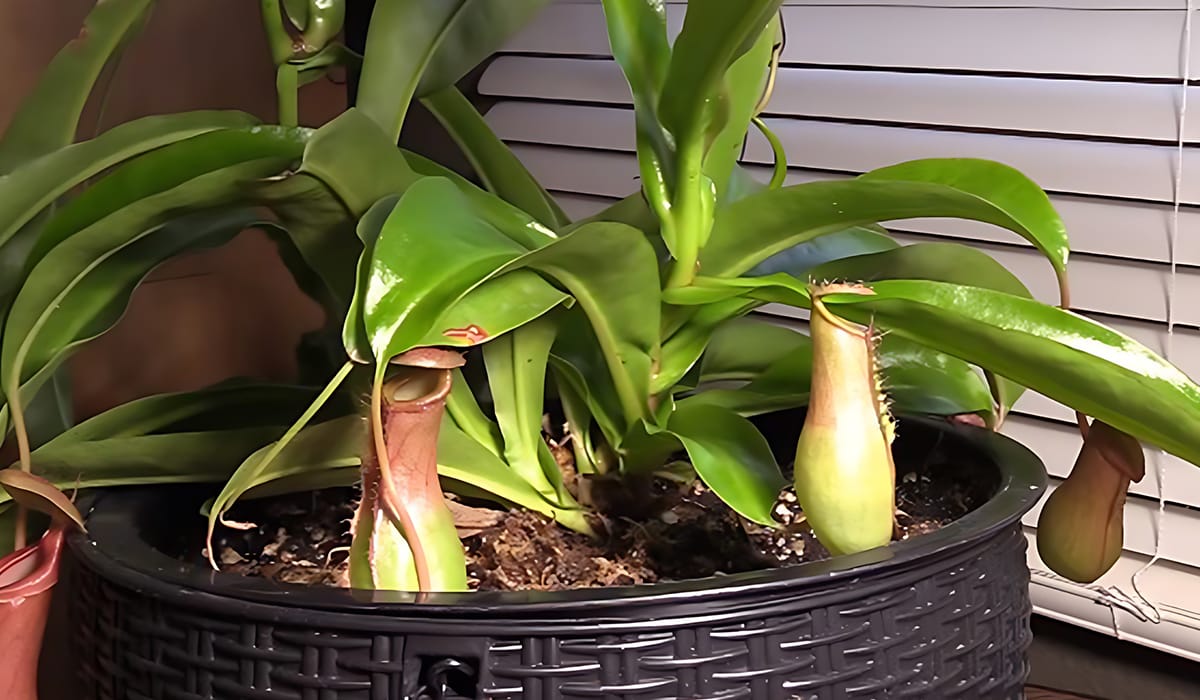
The best time to propagate pitcher plants is during their active growing season, typically in the spring or early summer. During this period, the plants are more responsive to the propagation process, increasing the likelihood of successful root development.
Materials Needed for Indoor Pitcher Plant Propagation:
Healthy Parent Plant: Select a mature and healthy pitcher plant as the parent plant. Look for vibrant foliage, well-developed pitchers, and an overall robust appearance.
Sharp Sterilized Shears: Clean, sharp shears are essential for making a clean cut, reducing the risk of infection during propagation.
Potting Mix: Choose a well-draining mix, such as a combination of sphagnum moss and perlite. This provides an ideal environment for root development.
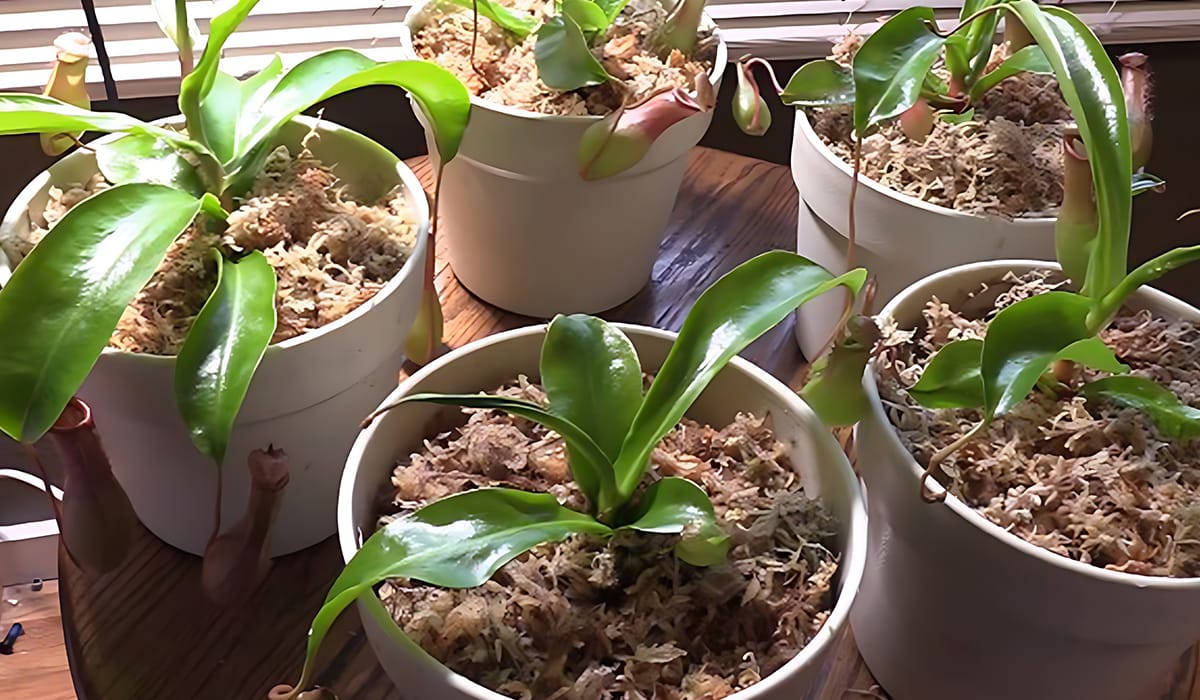
Step-by-Step Guide to Propagating Pitcher Plants Indoors:
Selecting a Suitable Offshoot: Identify a healthy offshoot or side shoot emerging from the parent plant. This offshoot will serve as the basis for your new pitcher plant.
Preparing the Offshoot: Using sterilized shears, carefully cut the offshoot from the parent plant. Ensure the cut is clean and as close to the base as possible. Ideally, choose a section with at least two or three leaves and, if available, a root system.
Rooting Hormone (Optional): To enhance the chances of successful root development, consider dipping the cut end of the offshoot in the rooting hormone. This is an optional step but can expedite the rooting process.
Planting the Offshoot: Place the offshoot in a pot filled with the chosen potting mix. Ensure the cut end is buried in the soil while the leaves remain above the surface. Gently pat down the soil around the offshoot to secure it in place.
Providing the Right Conditions: Pitcher plants thrive in high humidity and indirect sunlight. Create a microenvironment for the offshoot by covering it with a clear plastic bag or dome. This helps maintain optimal humidity levels for root development.
Watering and Patience: Keep the soil consistently moist but not soggy. Watering frequency may vary based on environmental conditions. Be patient as the offshoot establishes its roots; this process may take several weeks.
wrapping up
By following these steps, you'll be well on your way to successfully propagating pitcher plants. Experiment with different varieties, and soon, you'll have a flourishing indoor garden filled with these captivating carnivorous wonders. Remember to monitor and adjust care based on the specific needs of your pitcher plant species.
Consider expanding your indoor plant collection with other easy-to-care-for plants like
- Pink Chinese Evergreen
- Fiddle Leaf Fig Tree
- Monstera Albo
- Snow Queen Pothos
- Cousin It plant
- Snow White Waffle Plant
Each of these plants offers its unique charm and benefits.
Thanks for reading this article. if you have any questions must comment and contact our team. don't forget to share this article with your friends.

